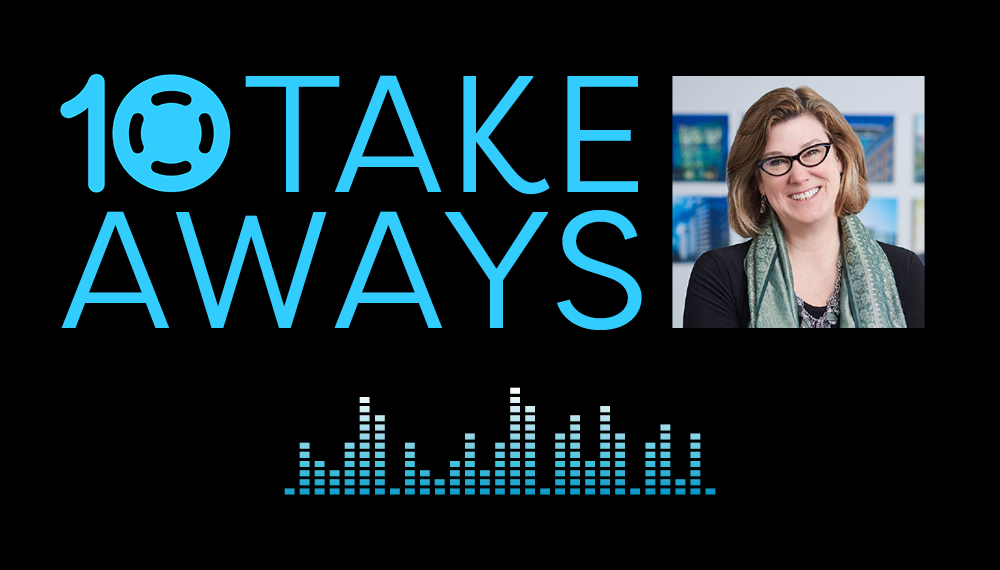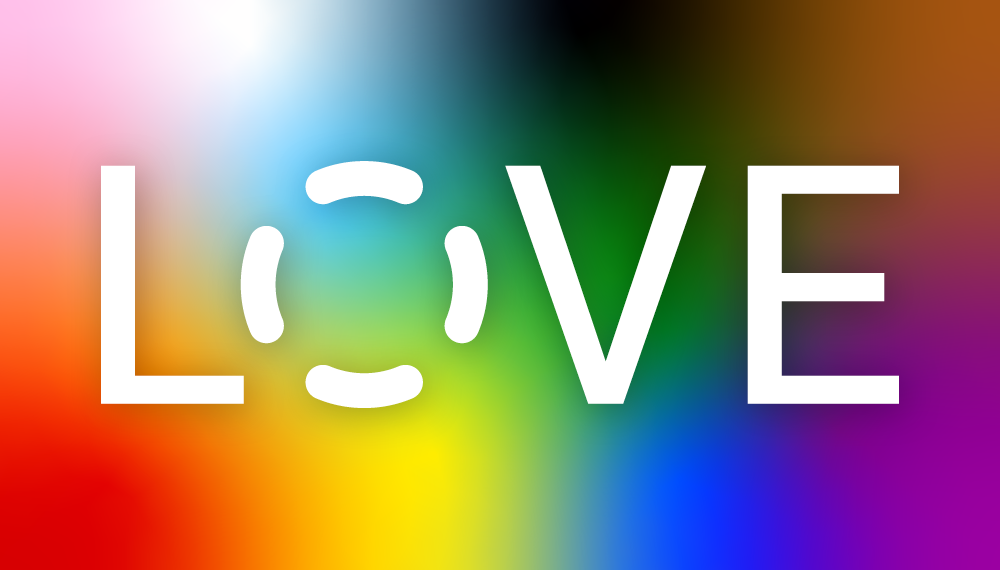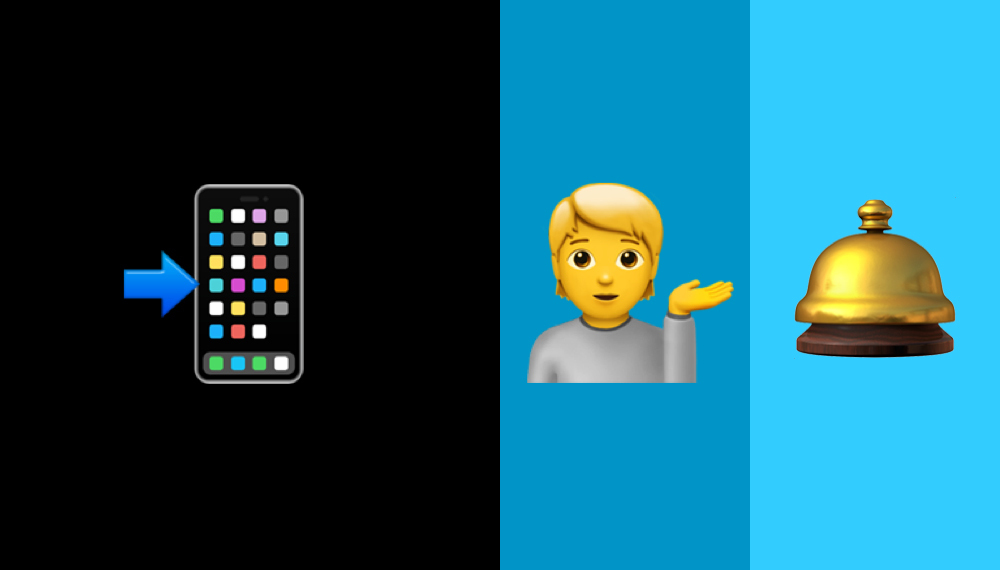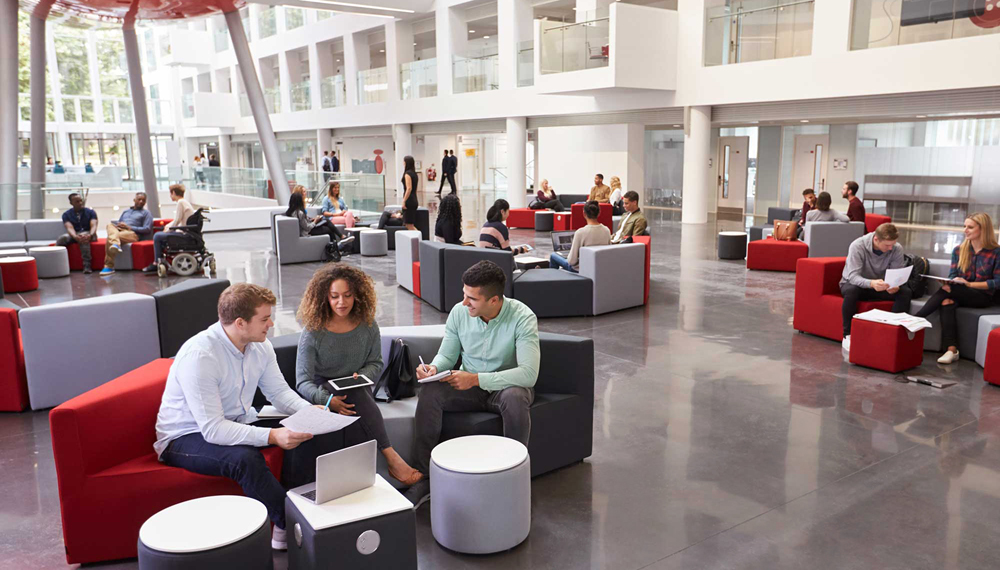
TEN Takeaways from Kay Sargent, Sr. Principal, Director of WorkPlace, HOK
ICYMI: HILO’s David Abrams welcomed Kay Sargent, Sr. Principal, Director of WorkPlace, HOK to the TEN Podcast to chat about tech-enabled environments & doing what you love. Here are our TEN takeaways:
1. It’s about the legacy that we’re leaving and joining the next generation
When asked about the journey to her current role, Kay says, “You know, I think I hit a point when I turned 50. It’s like, alright, I got, you know, 10 to 15 years left and there were three or four things that were important to me, working at a firm that was multi disciplined, working at a firm that was truly international, working at a firm that was in multiple sectors, that wasn’t siloed, and working on a firm that was committed to thought leadership and really being a leader in the industry. I feel very passionate at this point in my career that it’s about the legacy that we’re leaving and joining the next generation.”
2. Curiosity can lead to success
Kay explains that it’s curiosity that has led to success throughout her career. “I think there is a curiosity that I have, and there’s so much for us to learn, and I’ve never stopped wanting to know more and to dive into those things and to tackle that. So I would say it’s my curiosity that is probably my biggest asset.”
3. You can’t just become an expert of something overnight
An important reminder from Kay: “You make some mistakes, you have a lot of successes. You experiment, you learn, you study. I mean, you can’t just become an expert of something overnight. And I think you have to have the patience, and the endurance, and be willing to work hard, and be willing to admit what you don’t know, and be willing to have that curiosity drive you and really kind of dig into something. And it helps if you’re passionate about what it is you’re doing.”
4. We need to change and adapt radically going forward
David asks Kay what her biggest challenge is right now and how she will overcome that challenge. She says, “Adapting. You know, I think we all need to adapt right now to this new scenario. I think all of our clients need to adapt. I think our industry. I think the design and real estate industry is really antiquated, and we need to change and adapt radically going forward if we want to truly come out of this better. I don’t think the way we deliver space, occupy space, you know, has really kept pace as it should.”
5. Every action has a reaction or a side effect
Kay shares that her firm was asked the following question early on in the pandemic: “What do we need to do to get the office ready?” She explains that “the real question and the right question for our clients is what is driving this? What are the concerns? Can you address all the issues, and think long and hard before you spend money on what you think are solutions or go backwards to 1970? You know, we are basically telling our clients, you need to take a breath. You need to pause for a minute, take a breath, and really think about what this is. Because what you do right now, you know, we’re going to have some economic challenges after this. And if people spent money on the wrong things early on, they could find themselves in an uncomfortable situation.”
6. The work from home adrenaline is running out
David and Kay discuss the challenges of working from home. Kay says, “We’re running on adrenaline. Anybody can do something for a few months, especially when you’re afraid of losing your job. That adrenaline is running out. And what you described in the beginning of this webcast, people sitting stagnantly all day long, it is starting to have an impact on emotional health, mental health, and our physical health.”
7. Workspace is going to shift
David asks Kay “if I was to give you an extra $100,000 of budget right now, how would you spend it and why?” She explains that she would “spend it on developing a remote work program for my employees, and doing an assessment of who’s well suited, who isn’t, why, and how do I give them the support, and what managers are going to be able to manage by performance and not presence and training? And I would put it into reassessing some of my work environments.” She continues by saying, “I think we’re going to have to deal with tech-enabling spaces. So creating less touchpoints, spaces that are either voice-activated, motion-controlled, app-controlled devices, I’d put some of those things in there. I would enhance my cleaning and maybe my HVAC in my workplace, $100,000 just going to do that, but I’m going to stretch it.”
8. We need to create an ecosystem of options
Kay shares her thoughts on a return to the office. She says, “If I could take the notion of an office and throw it away, I would. We need to create an ecosystem of options. Whether it’s, I might work from home two or three days, I might work at a co-working space, or a hub, or a spoke, or outpost for my company, and then the central office might become the new innovation center or engagement center, and those things are designed with intense purpose in mind so that it’s compelling enough that I want to go there. If everything is just watered down and is average, then what is compelling enough to make me want to go to any one of these spaces, right? And so it’s about creating this ecosystem of options that really empower people to find the right space that’s right for them.” Our team at HILO recognizes this need for balance, and we believe that the concept of working from everywhere better reflects the current needs of the workforce.
9. We need to embrace a can-do attitude
Simple yet important advice from Kay: “We need to embrace a can-do attitude. We need to embrace that we may not always be right, but we have to respect each other and we have to be open to what other people are thinking.”
10. Life is unpredictable
As a final question, David asks Kay if there is anything that she wishes she could have known when she first started out. She says, “Yeah. That life is unpredictable. I don’t think if my 20-year-old self were to look at me today, I don’t think I could have imagined that I would be where I was… You cannot define exactly what your life is going to be. It is just too unpredictable, even people that have a fairly traditional life. You know, I think most of them will acknowledge that there were twists and turns in it that they could not predict, and so I think I would’ve been a lot less rigid about, nope, this is what has to happen, and be much more, go with where things take you.”
- September 16, 2020


